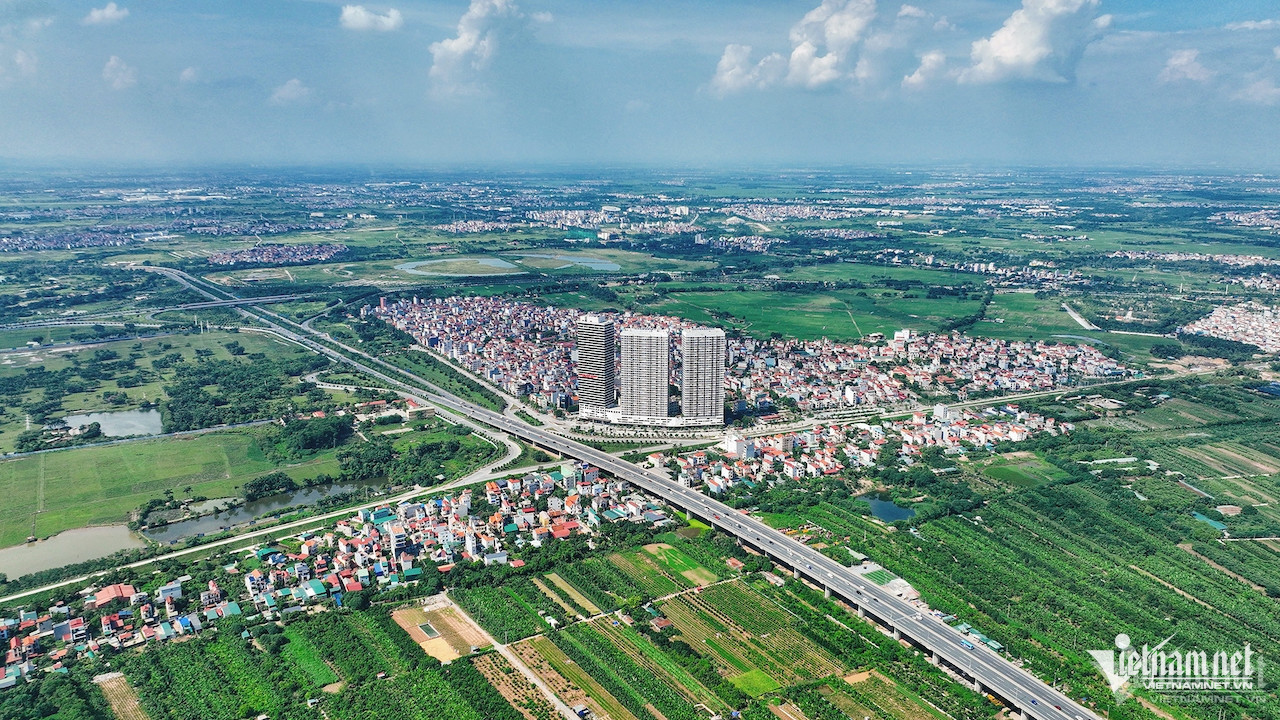
Hanoi has unveiled plans to establish three new cities by 2045 as part of its broader urban development strategy. The northern city will center around Dong Anh district, while the western city will focus on the Hòa Lạc and Xuan Mai areas.
The southern city will emerge in the Phu Xuyen and Thuong Tin regions. These developments were outlined in a new urban development program submitted by the Hanoi People’s Committee to the city’s People’s Council for review at a special session in late September 2024.
According to the program, the city aims to achieve an urbanization rate of 55-65% by 2030, up from the current 49.1%. By 2035, this rate is expected to rise to 60-70%.
The plan also envisions the city having 16 urban districts, including the existing 12, with Hoài Đức, Gia Lâm, Dong Anh, and Thanh Trì transitioning from rural districts to urban ones.
The program emphasizes the need for administrative adjustments and new urban districts to align with the overall capital city planning. This includes ensuring public support for territorial changes and district formations.
In addition to creating the three new cities, the program aims to meet quality standards for all 16 central urban districts, bringing them up to the same level as special-class cities, as mandated by the Law on the Capital City. Sơn Tây is expected to be recognized as a class-III city directly under Hanoi's jurisdiction.
The new northern city will have Dong Anh as its core, while the western city will focus on urban development in the Hòa Lạc and Xuan Mai regions. In the south, Phu Xuyen and Thuong Tin are slated for significant urban investment, paving the way for the southern city’s formation.
Hanoi’s goal for urban density across its districts is set to exceed 3,000 people per square kilometer. The city projects that by 2035, the population density in inner-city and township areas will reach around 12,000 people per square kilometer. Additionally, average housing space in the city center will increase to approximately 28 square meters per person by 2035, with priority given to renovating old apartment buildings and developing social housing.
As part of the city’s long-term strategy, a shift from personal vehicles to low-emission public transport will be encouraged to reduce traffic congestion and carbon emissions. Hanoi also aims to invest heavily in public transportation infrastructure to support this transition.
By 2035, the city also expects that the average income per capita will be 1.4 times higher than the national average.
Hong Khanh